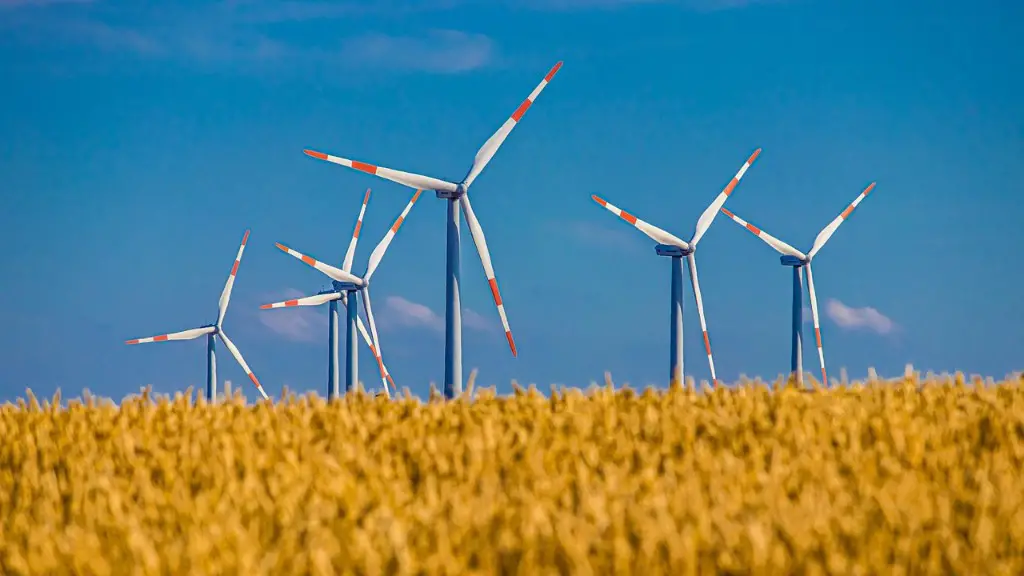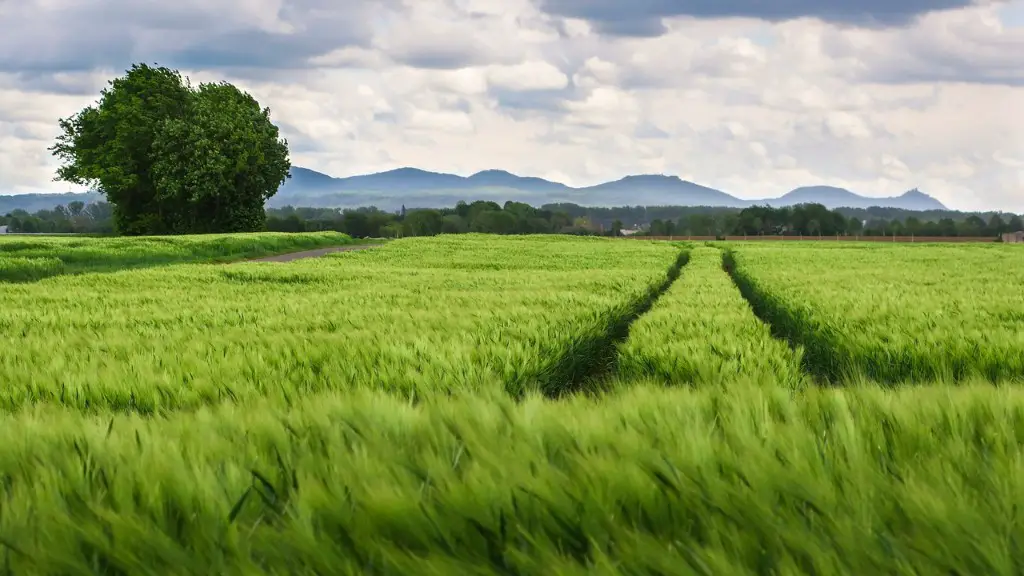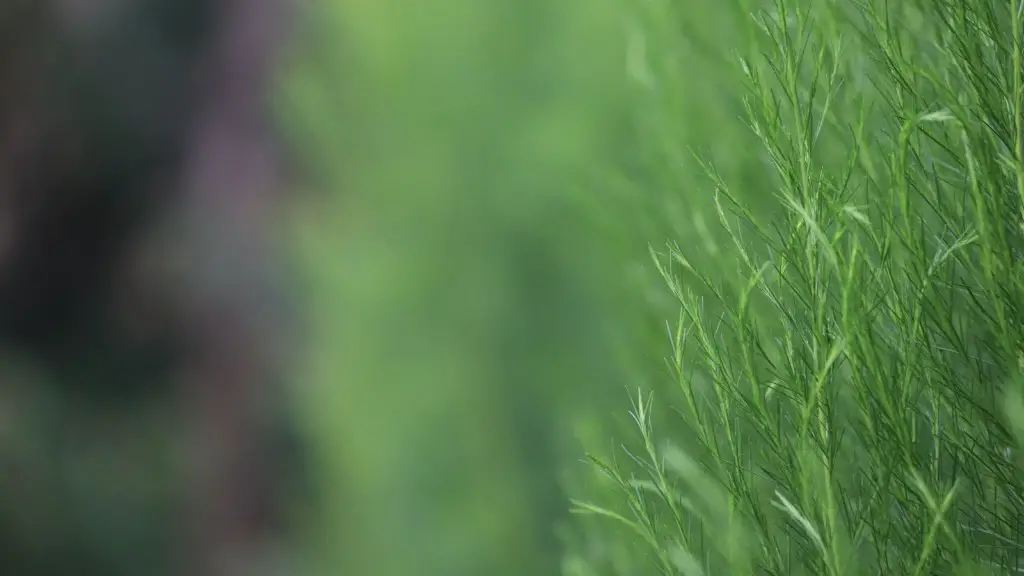Agriculture has been an essential practice since the dawn of time. It has evolved over the years, from the simple act of gathering, to the full-scale production of crops and livestock. There is no single set of stages that are applicable to all agricultural methods and practices, though there are some common steps taken to grow, harvest, and harvest food. The stages of agriculture can be divided into three groups: preparation, production, and harvesting.
Preparation
The preparation stage is where the stage begins when farmers plan out which crops and livestock they intend to produce. They will consider the type of soil they need, as well as the climate, rainfall, and other factors of the land they intend to use. They will also assess the amount of fertilizer and other agricultural inputs that needs to be added, such as pesticides or herbicides. Soil testing will be undertaken to ensure it is healthy and of the correct pH and nutrient levels. Planting the crops and seeding with livestock follows once all the preparations are made.
Production
The production stage is where the crops and livestock are actually cultivated and raised. During this phase, farmers will need to ensure that all the necessary care is given to increase the yield of their crops. Water and nutrients will need to be monitored and adjusted, and pests and diseases need to be warded off. Weeds, too, will need to be monitored and managed, as too many can rob the crops of the water, sun, and nutrients they need to thrive.
Harvesting
Harvesting is the stage where farmers finally reap the fruits of their labor. Here, they will need to harvest the crops and animals at their prime, in order to maximize the yield. Afterwards, they will then need to store the produce and transport it to its destination. Multiple factors would also need to be considered, such as the physical market size, the types of customers, and the market saturation of the particular goods.
Soil Tilling
Soil tilling is the process of loosening soil in order to increase aeration and reduce compaction. This is especially important for lands that are extremely compacted, as it allows for the introduction of new soil amendments, as well as for improved water infiltration and water management. Most tilling is done with machines, such as rototillers, plows, and other equipment. It is important for the soil to be adequately tilled throughout the year to help prevent weeds from germinating and to keep the soil in peak condition.
Weed Control
Weeds are any plants that are unwanted in a particular agricultural setting. They compete with crops for resources and can steal crucial nutrients. There are several methods to control weeds in the field, including manual weeding, mulching, and the use of herbicides. More recently, the use of genetically modified crops has become popular as a form of preventing weeds from competing with the crop.
Irrigation
Irrigation is the process of providing the plants with a consistent and sufficient source of water. It is usually done with the use of an drip or sprinkler system, and is essential in areas where rainfall is not abundant or reliable. Irrigation systems also help prevent depletion of the water table and soil salinization.
Fertilization
Fertilizers are substances which provide plants with crucial nutrients necessary for their growth. Many different types of fertilizers exist, such as synthetic, inorganic, organic, and natural fertilizers. The type of fertilizer to be used depends on the type of soil, the crops, and the climate of the area. Fertilizers should be used in moderation, as too much can cause eutrophication in the soil and can negatively affect the crops.


